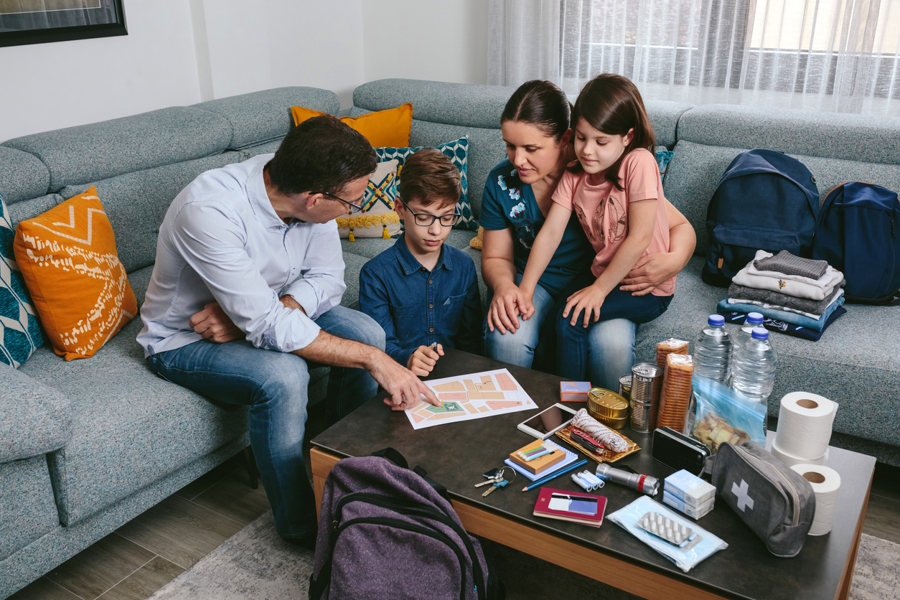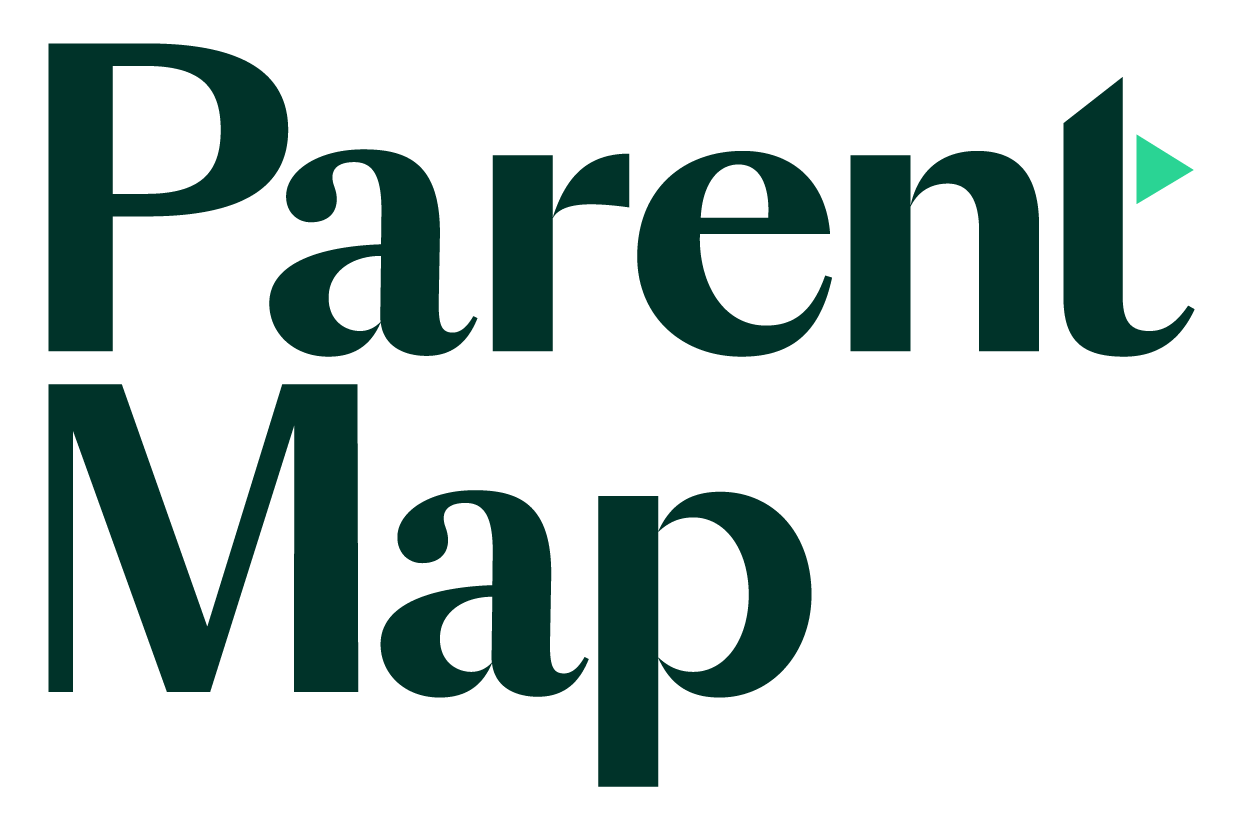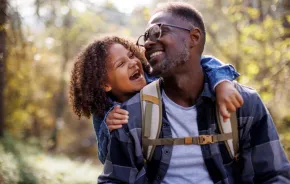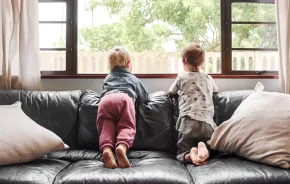
Photo:
iStock
November’s bomb cyclone was the nudge I needed to get serious about preparing for an earthquake. Waking up without electricity, cell service or internet, I resorted to leaving a handwritten note on my front door to tell my ex-husband where to find our kids. At Grandma and Grandpa’s house — with a generator.
As my sons’ dad drove his SUV from Seattle across I-90 into the descending darkness and tangled trees of the Eastside, he later joked, “It’s like the apocalypse over here.”
In his jokes, I heard an echo of Deb Moller’s useful (and terrifying) tome, “Get Ready! How to Prepare for and Stay Safe After a Pacific Northwest Earthquake.”
“The shaking will destroy the conveniences of modern life on which we rely: phones and internet will disconnect; power, gas, and water lines will break,” she writes. “Blocked roads and collapsed bridges will prevent travel. Like in the pioneer days, the only people you will be able to look to for help are your neighbors.”
That’s the moment when I decided 2025 will be my year to get ready for the big one.
Adulting, at last
Seismologists have been predicting a massive earthquake in the Pacific Northwest for years. I was in first grade when the 1989 Loma Prieta earthquake shook the San Francisco Bay Area, and news footage of the collapsed Bay Bridge was seared into my mind. Growing up on the Pacific Rim, then as now, we practiced earthquake drills every year in school.
So, when a 6.8 magnitude quake struck in 2001, when I was a senior at Skyline High School in Sammamish, during my philosophy class, we all knew what to do — duck and cover under our desks, while copies of “Zen and the Art of Motorcycle Maintenance” fell off the bookshelves.
That Nisqually Delta earthquake lasted 40 seconds. According to earthquake expert Moller, a Cascadia earthquake measuring 9.0 “will last four to six minutes.”
Back then, the vibrations from the clothes dryer downstairs would sometimes shake my bedroom floor and startle me awake at night, wondering “Is this it?” Yet I’ve done little as a grownup to prepare my family for a natural disaster, until now.
Here’s what I’m finding are the best ways to anchor my good intentions into action.
1. Create urgency.
The North American Plate and Juan de Fuca Plate are pushing toward each other at roughly the speed your fingernails grow, according to Moller. That’s a high-pressure slow cooker of tectonics.
Scientists have calculated the average time between Cascadia earthquakes, called the recurrence interval, to be roughly 240 years — and the last full-rip 9.0 quake happened on Jan. 26, 1700 — more than 300 years ago.
As Kathryn Schulz wrote for The New Yorker: “That timespan is dangerous both because it is too long — long enough for us to unwittingly build an entire civilization on top of our continent’s worst fault line — and because it is not long enough.”
How do you create urgency for an event that could happen tomorrow — or decades from now?
It’s instructive that Stanford researchers found college students were more likely to save for retirement after seeing age-progressed avatars of themselves. For these undergrads, witnessing a digitally wrinkled self-portrait made their retirement needs that much more tangible. In the same way, can you figure out what will anchor a potential disaster in your personal reality? What will motivate you?

2. Make it real.
We humans are emotional creatures, compelled in practical ways by what feels urgent: work deadlines, dinners to cook, dog puke to clean off the rug. Sourcing emergency water for the household somehow manages to fall off the to-do list each month.
For me, experiencing the disruption of our windstorm week, and then picturing that snippet of life without drinking water or flushing toilets, gave me a whole new perspective.
Three tricks that have worked for me:
- Recalling my experiences with previous natural disasters.
- Watching this video for an early warning earthquake app. Seeing the preschoolers scramble under a table as the classroom shook, however fake and contrived, I found myself weepy.
- Reading Schulz’s 2015 Pulitzer Prize-winning article in The New Yorker, and this 2022 story from The Seattle Times.
As David Guterson writes in his article for The Seattle Times, “The odds of a 9.0 quake impacting the coastal Pacific Northwest over the next 50 years is said, by seismologists, to be about 14 percent. Maybe you’ll take those odds and bet against it happening… On the other hand, about the same odds — 15 percent (as estimated by The New York Times on Election Day morning, 2016) — were attached to a Donald Trump triumph over Hillary Clinton.”
Hopefully we’ll all end up with arks on dry land, but experts tell us it’s wise to plan for the worst, so we can go about hoping for the best.
3. Find a buddy.
It’s easier to stick to a plan when you have someone to hold you accountable. If your spouse or partner thinks you’re being alarmist, or you’re a single parent navigating this on your own, a friend or neighbor can give you the accountability you need. Finding someone to plan in parallel with you lightens the burden, or at least gives you someone to split your Costco canned goods with.
Investigate whether your neighborhood or town has a disaster readiness team, or you can go full bore and volunteer for a Community Emergency Response Team.
4. Take baby steps.
Take a cue from behavior scientist BJ Fogg, who teaches that when it comes to lasting change, it’s most effective to start tiny. Rather than floss your whole mouth, he advises flossing one tooth at the start. The point is to establish the habit. So, with earthquake prep, start small and celebrate your wins.

5. Anchor the habit.
Along the same lines, James Clear, author of “Atomic Habits,” suggests using our existing habits as springboards for new ones we’d like to create. He calls it habit stacking. For example, I started doing a plank while my coffee brews in the morning. Pouring the boiling water into my French press has become a bookmark for better core strength.
In the context of emergency planning, maybe you could commit to checking off one task from the prep to-do list before your family’s Friday movie night. Or you could read two paragraphs from an earthquake resource before your nightly bowl of ice cream.
6. Make a bet with someone mean.
Borrowing a tactic from author Jen Sincero, of “You Are a Badass” fame, one way to motivate yourself to take action is to make a bet with a friend or sibling who will gleefully hold you accountable. Tell your brother he can post those terrible photos of you if you don’t finish making go bags by March. Or promise your best friend you’ll donate a hefty amount to your least favorite group or cause. The key is to write the check with a future date as your deadline, trusting that this accountability buddy will in fact mail it in should you fail.
7. Learn what needs doing.
You don’t know what you don’t know. Start by doing your research. Read a book. Skim an article. Sign up for that webinar. For example, when Puget Sound Energy recently replaced my gas meter, I had a chance to ask a technician to show me how to turn off my gas. I wouldn’t have thought to ask if I hadn’t already begun wading into earthquake prep advice.
And remember…
8. Just start.
Done is better than perfect. Inertia might seem like your friend until, in the words of Carole King, the earth starts moving under your feet.
Take action today to-do list:
|











